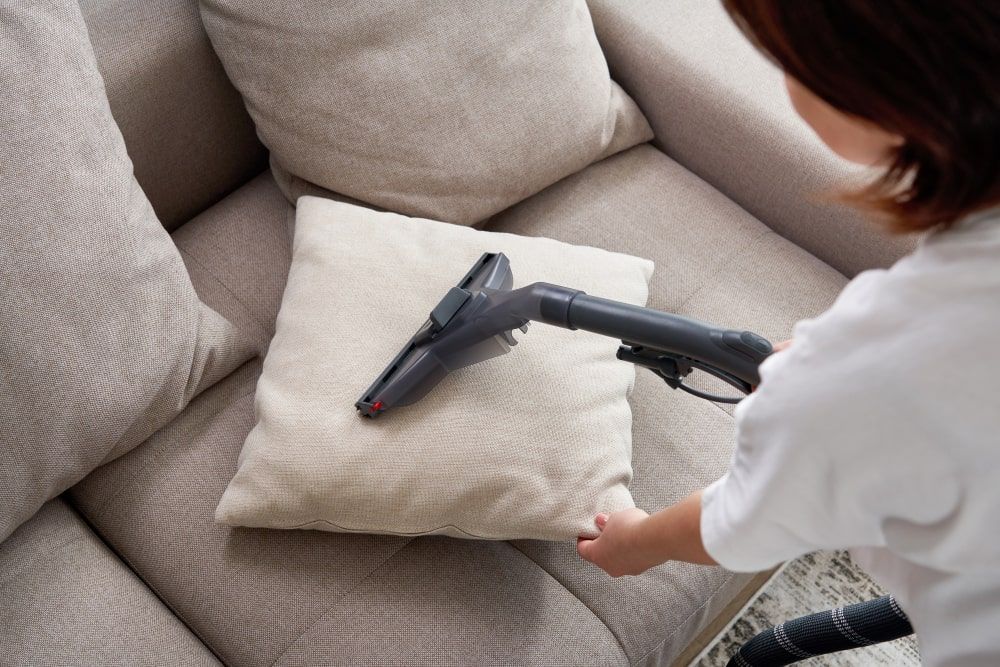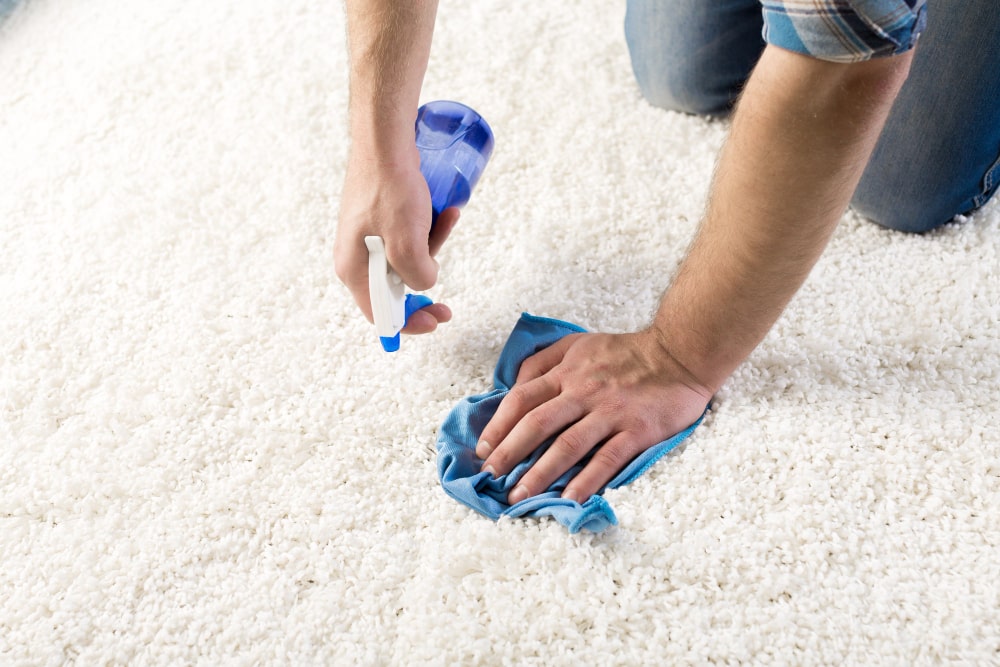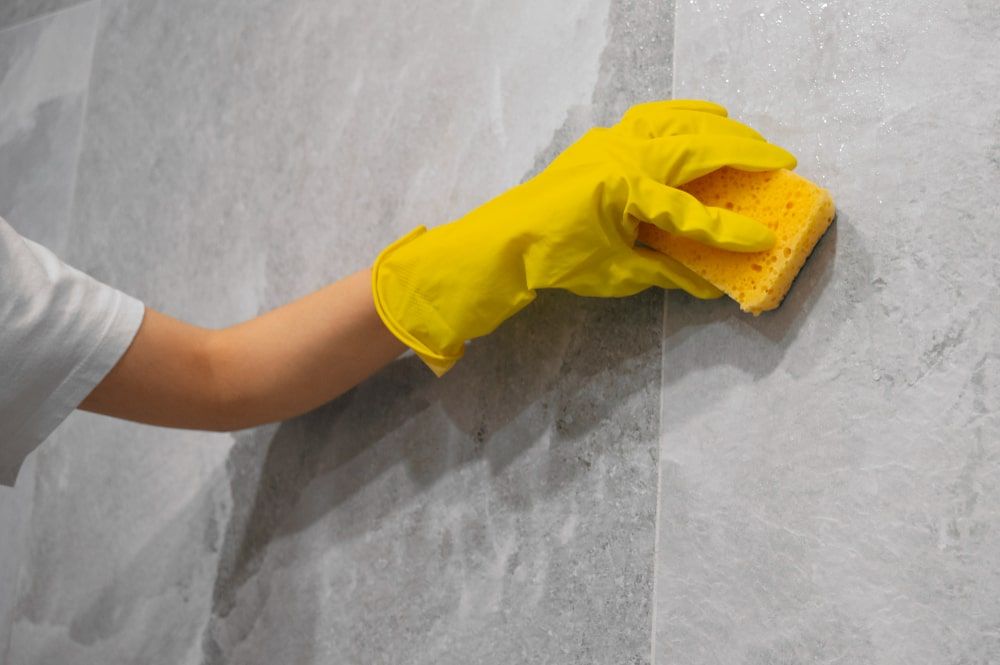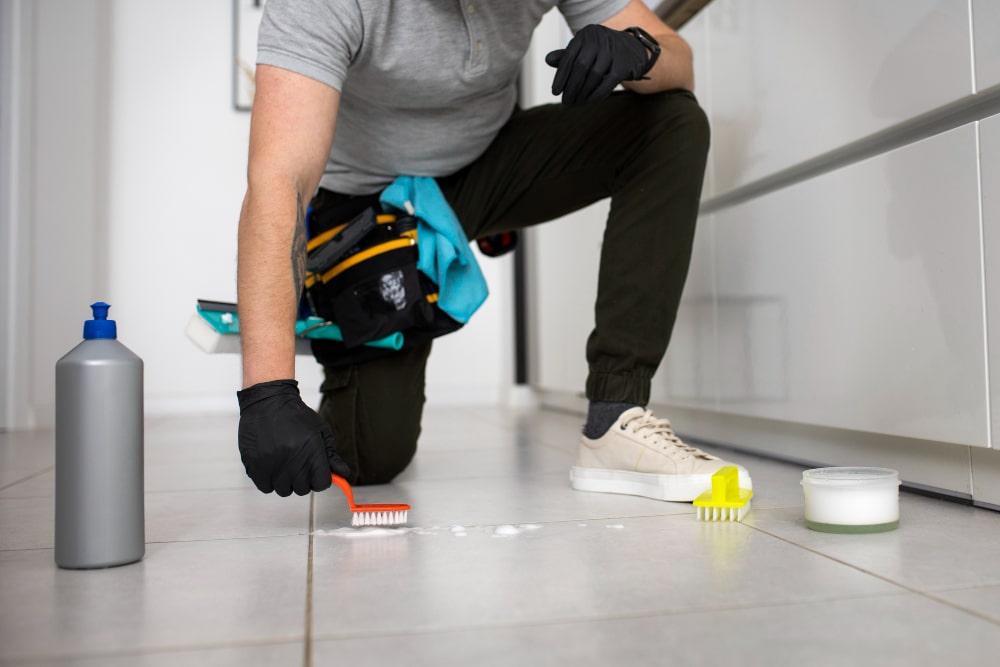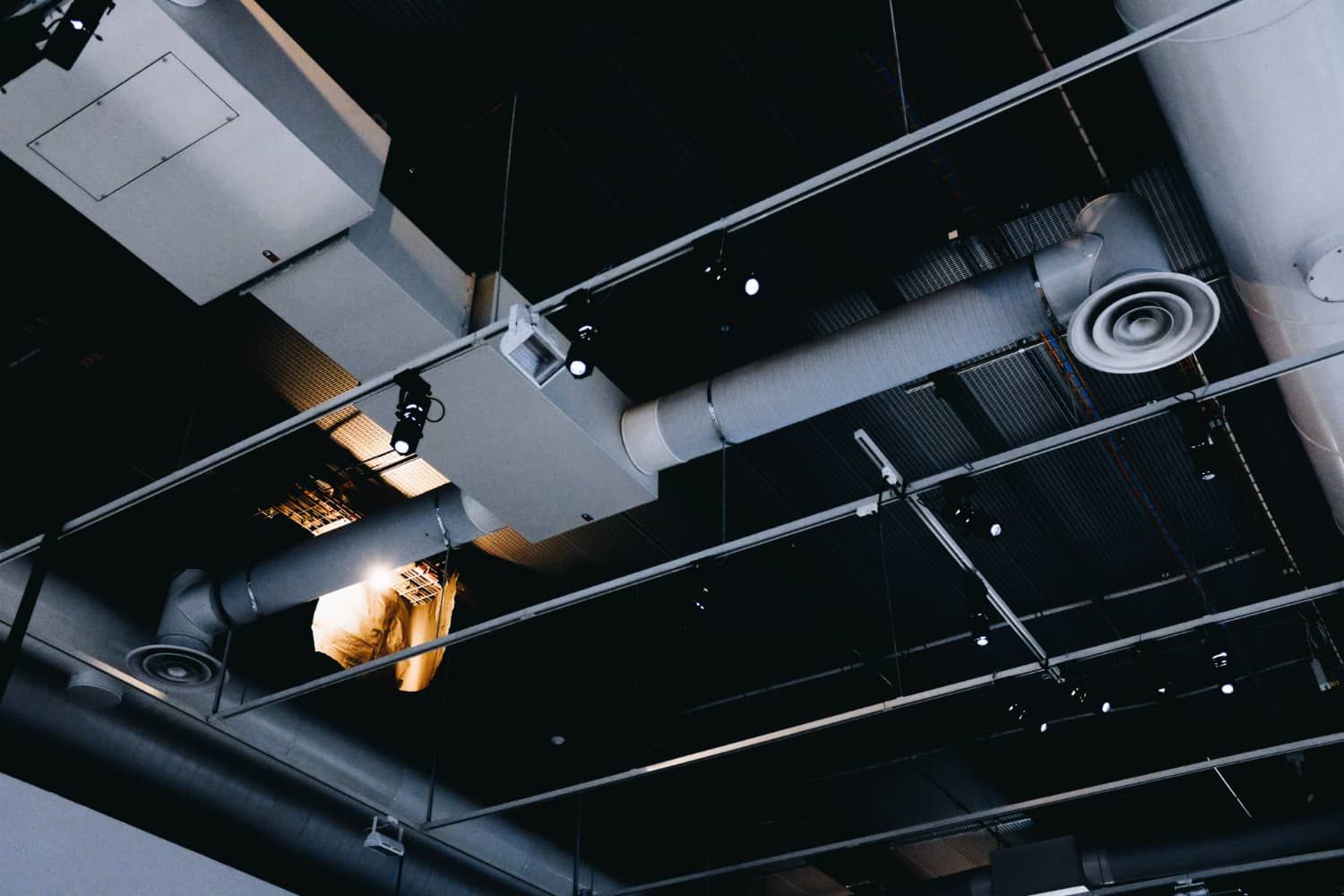Upholstery Cleaning: Reviving Your Furniture’s Beauty and Comfort
Upholstered furniture serves as the cozy heart of our homes and offices. Sofas, chairs, and cushions provide comfort and style, making our spaces inviting and comfortable. However, they are also prone to collecting dirt, stains, and allergens over time.
Upholstery cleaning is a crucial practice in maintaining the aesthetics and hygiene of our living and working spaces. In this exploration, we will delve into the world of upholstery cleaning, examining methods, benefits, and tips to help you preserve the beauty and comfort of your furniture.
The Importance of Clean Upholstery
Before we dive into the intricacies of upholstery cleaning, let’s understand why it is essential.
Aesthetic Appeal: Clean upholstery significantly enhances the visual appeal of your living or office space. Stains and grime can make even the most elegant furniture look shabby.
Hygiene: Upholstered furniture collects dust, dirt, and allergens, including pet dander and pollen. Regular cleaning is essential to maintain a clean and healthy indoor environment, particularly for allergy sufferers.
Prolonged Lifespan: Regular cleaning and maintenance can extend the lifespan of your furniture. It prevents the buildup of dirt and grime, which can lead to premature wear and tear.
Comfort: Clean upholstery not only looks better but also feels more comfortable. Dust and allergen-free furniture contributes to a more pleasant and cozy seating experience.
Methods of Upholstery Cleaning
When it comes to cleaning upholstery, various methods can be used depending on the type of furniture and the nature of the stains. Here are some common upholstery cleaning methods:
Vacuuming: Regular vacuuming is the first line of defense against dirt and dust. Use an upholstery attachment to gently remove surface debris, dust, and pet hair. This should be done weekly.
Spot Cleaning: For small stains or spills, spot cleaning with a mild detergent or upholstery cleaner can be effective. Blot the stain, don’t rub it, to avoid pushing the stain deeper into the fabric.
Steam Cleaning: Steam cleaning, also known as hot water extraction, is one of the most effective methods for deep cleaning upholstery. It involves injecting hot water and a cleaning solution into the fabric and then extracting it along with the loosened dirt and stains. Steam cleaning not only cleans the surface but also penetrates deep into the fabric to remove embedded dirt and allergens.
Dry Cleaning: Dry cleaning methods use specialized dry cleaning solvents to remove stains and dirt from upholstery. This method is suitable for fabrics that can’t withstand water, like silk or certain synthetics.
Foam Cleaning: Foam cleaning involves applying a foam-form cleaning agent to the upholstery. The foam is worked into the fabric with a brush and then vacuumed away, along with the encapsulated dirt.
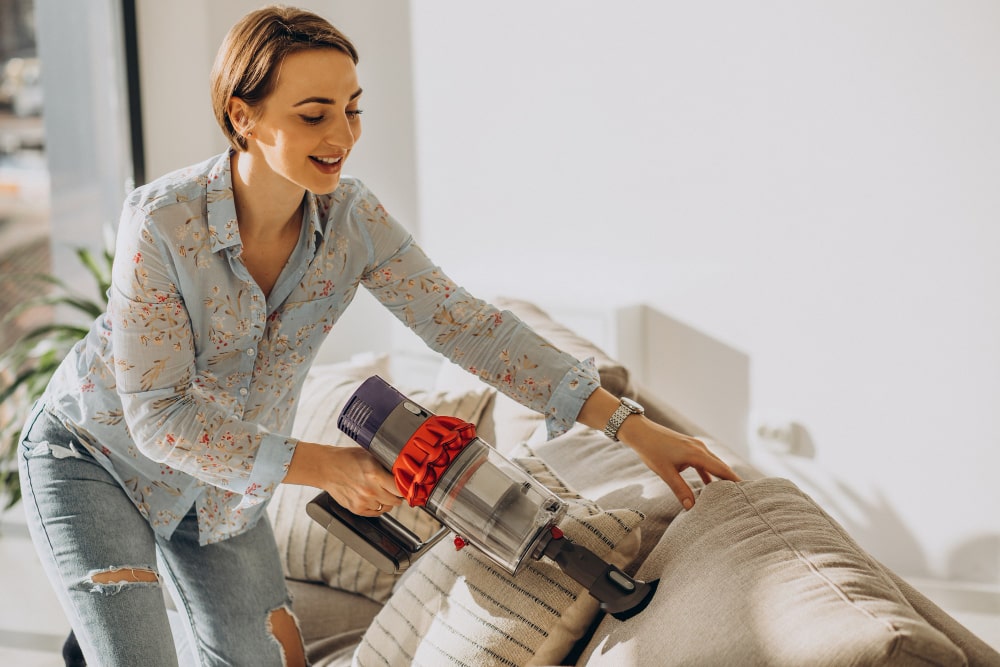
Benefits of Professional Upholstery Cleaning
While spot cleaning and routine vacuuming are essential for maintaining your upholstery, professional upholstery cleaning services offer numerous advantages:
Expertise: Professional cleaners have the knowledge and experience to determine the best cleaning method for your specific upholstery type and the nature of the stains.
Efficiency: They have access to commercial-grade equipment and cleaning solutions that are more powerful and effective than consumer-grade products.
Stain Removal: Professional services have the expertise and tools to tackle even the most stubborn stains, increasing the chances of complete removal.
Allergen Removal: Professional cleaning can effectively eliminate allergens, pet dander, and dust mites, providing relief to allergy sufferers.
Odor Control: They can effectively remove unpleasant odors that may have been absorbed into the upholstery.
Preservation: Professional cleaning can help preserve the integrity and beauty of your upholstery, extending its lifespan.
Considerations in Upholstery Cleaning
Before you embark on your upholstery cleaning journey, consider the following factors:
Fabric Type: Different upholstery fabrics require specific cleaning methods. Consult the manufacturer’s care instructions or seek professional advice to determine the best approach.
Stain Type: The nature of the stain will determine the cleaning method and products to use. It’s crucial to act quickly to prevent stains from setting in.
Professional vs. DIY: While DIY cleaning can be effective for routine maintenance, professional services are recommended for deep cleaning, tough stains, or delicate fabrics.
Frequency: Regular maintenance, including vacuuming and spot cleaning, is essential. The frequency of professional cleaning depends on usage and environmental factors.
Drying: Proper drying is crucial to prevent mold and mildew growth. Ensure good ventilation and consider using fans to expedite drying.
Protection: Consider applying fabric protectors after cleaning to help repel future stains and spills.
Conclusion
Upholstery cleaning is not just about maintaining the appearance of your furniture; it’s about ensuring a clean and healthy living or working environment. Clean upholstery enhances comfort, preserves the lifespan of your furniture, and contributes to a welcoming and attractive space. Understanding the various upholstery cleaning methods, the benefits of professional services, and the essential considerations for effective cleaning will help you make informed decisions about the care of your furniture. So, the next time you sink into your freshly cleaned couch or chair, you can appreciate the beauty and comfort it brings to your space.
